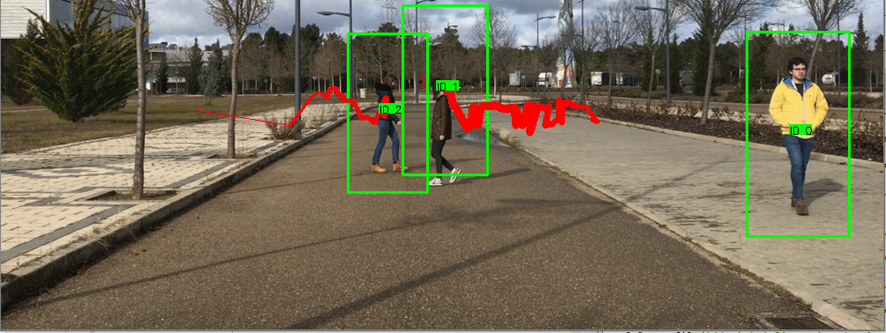In the frame of the European Project Multi-Moby, and with the relevant collaboration of IFEVS and Nanomotion and the participation of the whole consortium, Cidaut is developing an integral solution to protect the vulnerable road users in the new urban mobility.
This new mobility is electric, automated, connected and shared and attending to these trends the implementation of small urban electric vehicles is becoming a reality in large cities. These vehicles present two characteristics that increase the potential hazards for the vulnerable road users, the first one is the low noise emission and the second one is the geometry. Due to their reduced size, in the event of an accident with a vulnerable road user, their head will impact on the screen shield of the vehicle, which is a hard component that may cause damage to this kind of users. The preliminary results of the project have demonstrated that it is possible to reduce the damage of the users in legs, knees and pelvis, but it is very difficult to obtain acceptable values in the head working only on passive safety solutions.
One of the first conclusions of the project, attending to vulnerable road users’ protection, is that it is mandatory to integrate active and passive safety solutions. The active safety solutions of Multi-Moby project are based on artificial intelligence. Nanomotion is developing a gimball, able to work in the visible and infra-red field, to recognize vulnerable road users and determine the potential risk of an accident. Depending on the degree of automation of the vehicle the gimball will inform the driver of the potential risk all it will send directly a message to the vehicle for braking. The intensity of the signal to be sent will be equivalent to the relevance of the risk.
The implementation of this solution will suppose an important reduction in the number of accidents involving vulnerable road users, and in those cases where the accident is unavoidable, it will happen at a lower speed, minimizing the damage.
Multi-Moby has covered one, out of three years, and important improvements are expected in relation to urban electric mobility, not only on safety but also on sustainability thanks to innovative solutions in power train, battery charging and energy harvesting.
Acknowledgment
The research leading to these results received funding from the European Union (EU) project MULTI-MOBY (GA #101006953)
